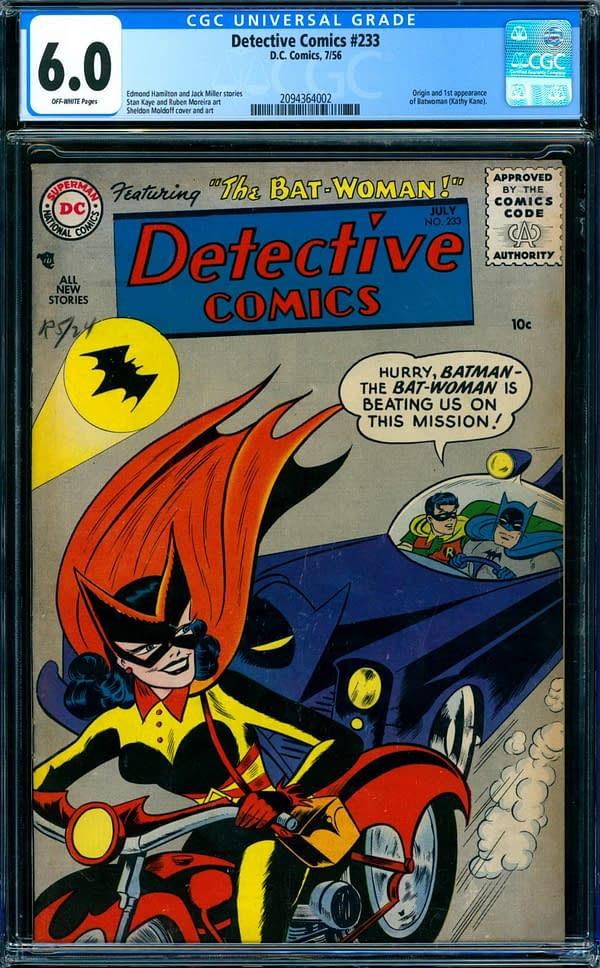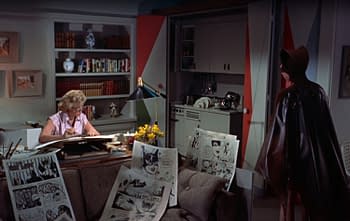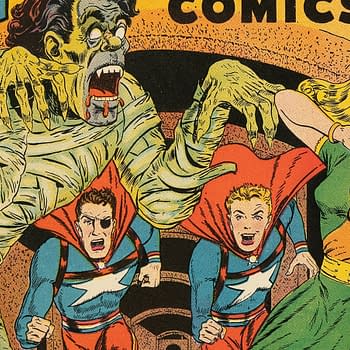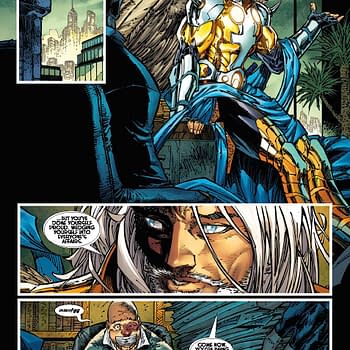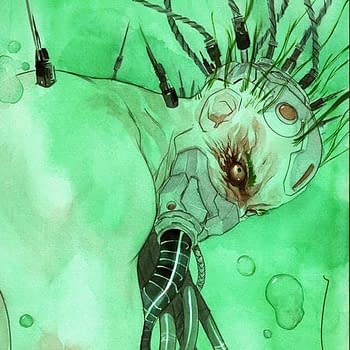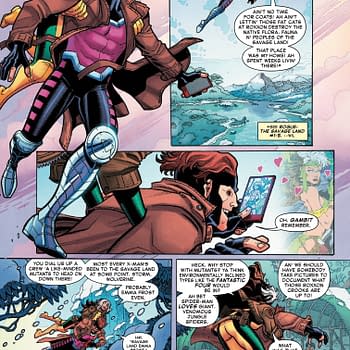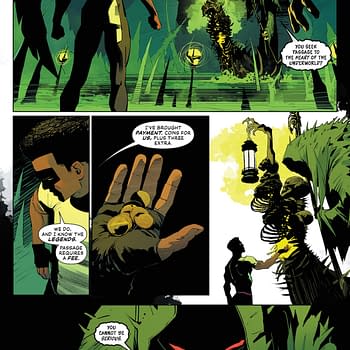Posted in: ComicConnect Sponsored, Comics | Tagged: batwoman, detective comics
Debut of Batwoman (Kathy Kane) in Detective Comics #233, at Auction
Key comic book appearances of many of the women of DC Comics' Bat-franchise are gaining attention in the current market, and prominent among those is Batwoman (Kathy Kane) first appearance in Detective Comics #233. and there's a Detective Comics #233 CGC 6.0 Off-White Pages up for auction tonight at ComicConnect. This issue's cover feature "The Batwoman" was scripted by Edmond Hamilton, penciled by Sheldon Moldoff, inked by Stan Kaye, with letters by Pat Gordon. The story features the first adventure and origin of Batwoman, showing Kathy Kane as a former circus performer who had inherited wealth and was inspired by Batman to fight crime. Putting Detective Comics #233 on the historical timeline (cover date July 1956, on-sale date May 22, 1956) reveals something fascinating about the possible inspiration for the debut of Batwoman at DC Comics.
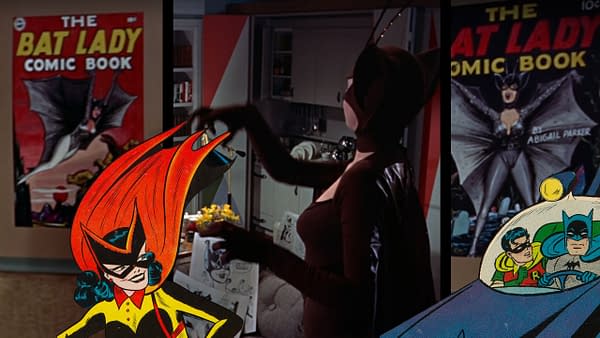
The Dean Martin and Jerry Lewis film Artists and Models hit the box office on November 7, 1955 — six months prior to the debut Kathy Kane in Detective Comics #233. In the words of one reviewer, the film features Martin as a would-be comic book artist and Lewis as a fan turned prospective comic book writer, with Shirley MacLaine as his "Bat Woman" inspiration:
Jerry is presented as the ultimate result of what happens to kids who read comic books too long.
Shirley MacLaine, with her cropped chestnut hair, is a welcome addition to the cast. She is the Bat Woman model when her roommate does illustrations for comic books. The Bat Woman is Jerry's ideal of femininity. Only when she turns back to her secretarial duties does Jerry lose interest.
"Mr. Murdoch", the comic book's publisher, is characterized as a stereotypical 1950s crime/horror comic book publisher. The film includes scenes of comic art production, numerous comic book mock-ups, and publisher Murdoch discussing the rising pressures of competing with television. He pushes the artist (played by actress Dorothy Malone) for more blood and violence, only to meet with her staunch refusal. One of the themes of the film subsequently becomes a fascinating lampoon of the mid-1950s moral panic which had culminated in the Comics Code just a year prior to its release. There's even a television "the threat and menace of comic books" roundtable that seems inspired by the televised Senate Subcommittee hearings of 1954 — or perhaps more accurately, seems designed to ridicule those hearings.
This is directly followed by Dean Martin's character repudiating the negative points brought up in the roundtable, and then by a musical number with Martin passing out "Bat Lady" comics to a group of happy children. Incredibly, the film then shifts towards what feels like an acknowledgment of the influence of Cold War-era propaganda in comic books in exactly the historical era during which such comics were prevalent. Lewis somehow receives top-secret military aerospace plans in his dreams which he and Martin put into another comic book for publisher Murdoch — exposing America's plans for a space station. Chaos subsequently ensues between American and foreign spies, with Martin, Lewis, and MacLaine's Bat Lady caught in the middle. The film then symbolically redeems the Bat Lady character from negative influences in a funny and interesting way. This was my first exposure to this film, and I have to say that it's a surprising time capsule of mainstream attitudes towards comic books from one of the industry's most important historical moments.
- Artists and Models Original Art Scene, 1955.
- Artists and Models Office Scene, 1955.
- Artists and Models Newsstand Scene, 1955.
But there are a few other details that make a compelling case for at least some inspiration by Dean Martin and Jerry Lewis's Artists and Models on the subsequent debut of Batwoman.
Throughout this period, DC Comics was publishing a regular comic book series based on the comedy duo from this film and many others, The Adventures of Dean Martin and Jerry Lewis. Further, there are original art and comic book mockups visible in the film for the comic book series "Bat Lady" which seems similar to DC Comics-style cover dress with an "MP" (Murdoch Publishing) logo replacing the DC bullet, and the "Bat Lady" logo letters following the familiar Batman logo form. Throw a few standard superhero poses into the art, and it seems possible that Martin and Lewis's production team reached out to DC Comics for help with mockups for their seemingly Batman-inspired "Bat Lady". At the least, DC's Batman and Detective Comics titles creators and editors would certainly have been aware of the film and its comic book connections. DC's "movie studio contact" Whitney Ellsworth was the credited editor for most DC Comics titles from this period, though in the case of Detective Comics of this time, Jack Schiff was the actual editor.
Given these circumstances and the timing of the appearance of Detective Comics #233 about six months after the debut of Artists and Models, it seems more than a little likely that Shirley MacLaine's Batman-inspired "Bat Lady" in turn helped inspire the debut of Kathy Kane and Batwoman. Like most DC Comics releases of the mid-1950s, there are fewer Detective Comics #233 around than one might think. There are 247 unrestored listings on the CGC Census, with only 28 higher than this Detective Comics #233 CGC 6.0 Off-White pages at ComicConnect.
